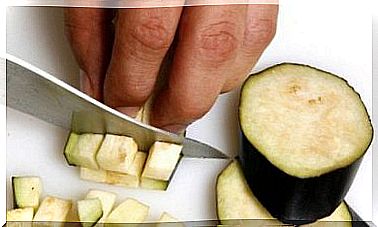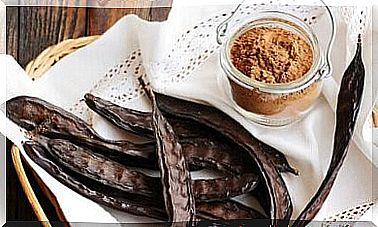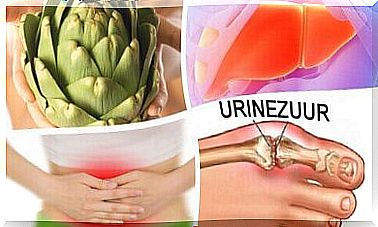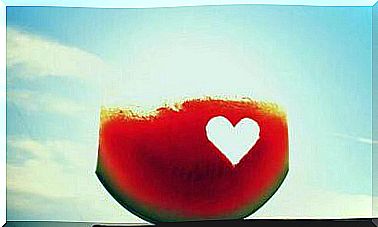What Is The Best Diet For Type 2 Diabetes?
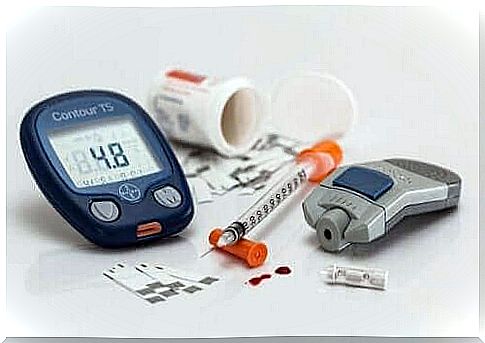
Although diabetes is a chronic disease, you can manage it with a good diet, regular exercise, and medication. However, you should not focus your effort on drugs alone. Let’s take a look at what foods you should have in your diet with type 2 diabetes.
As we already know, diabetes is a condition that can occur when the body attacks itself and the pancreas loses its ability to produce insulin. Or it can develop from an unhealthy lifestyle, which changes insulin production and use over time.
Considering that diabetes can manifest itself in different ways, we need to be clear that type 2 diabetes is the most common form of the disease associated with excessive accumulation of belly fat, obesity and physical inactivity.
Diet in type 2 diabetes
Keep in mind that a good diet is one of the fundamental pillars to fight this disease. You are not only looking for weight loss, but also for glycemic control and the prevention of future complications.
Remember that in someone who develops type 2 diabetes, there is a change in the metabolism of carbohydrates, proteins and fats.
As a first measure, you should reduce your calorie intake to try to normalize your weight. It is also important to portion your food. According to the Spanish Heart Foundation, you should ideally eat 5 meals a day. That is, breakfast, lunch and dinner and also two snacks.
Set up a diet plan for type 2 diabetes
You should set up a meal plan depending on your needs. This way you can achieve your diet goals for that day. The purpose of this is to prevent you from not eating for a long time, which will keep your blood sugar levels normal. It also helps to prevent hypoglycemia.
In some people, glucose disorders can be very complicated. It may be helpful for them to add another snack in the evening.
Choosing carbohydrates

You should focus on the type of carbohydrates you eat as they are essential for glycemic control as they determine up to 50% of the glycemic response.
Whole grains, legumes and tubers are considered the main sources of carbohydrates in our diet. Not only are they high in starch, but they also contain vitamins, minerals and fiber. Ideally, they’ll take up a quarter of your plate.
As for fruits, the current recommendation is to increase consumption and choose fruits with a low glycemic index. Eat the fruit with the skin on whenever possible, because that’s where the fiber is.
Prevent a drop in glucose
As we mentioned, a drop in glucose can happen at any time, so we recommend that you always have some food on hand, such as fruit or something sweet. You should eat it if you notice a drop in your glucose level.
Carbohydrate counting is an extremely effective tool to prevent a drop in glucose. This should be done by a professional.
Foods included in the diet in type 2 diabetes
In addition to what we’ve already mentioned, you can also include the following in your diet:
- Vegetables: These should take up half of your plate.
- Dairy: without sugars or with suitable sweeteners. Opt for low-fat options.
- Lean meat, eggs and cheese.
- Seeds, nuts and oils.
- Canned products but without added sugars.
- Jams and confectionery, with the permitted sweeteners.
Hydration
One aspect that you should definitely not forget is hydration. In general, people with diabetes suffer from polyuria (an increase in the amount of urine). So it is important to drink water throughout the day.
You can also drink sugar-free drinks, infusions such as herbal teas, mate, or coffee, as long as they are unsweetened or sweetened with permitted sweeteners. Occasionally you can drink fruit drinks if you mix them with water.

What should you avoid?
- Alcohol: Because it has a high hypoglycaemic potential, especially if you don’t eat it with food.
- Tobacco: not only because it harms everyone, but also because in diabetics, changes in the blood and blood vessels have long-term consequences.
- Excess salt: Let’s not forget that too much salt, like tobacco, can raise blood pressure.
Scheduled meals are key
In short, meal planning is one of the pillars of type 2 diabetes treatment. If you don’t, it’s hard to get your metabolism under control, even if you’re on hypoglycemic drugs. In many cases, along with exercise, it is the only therapeutic measure.

